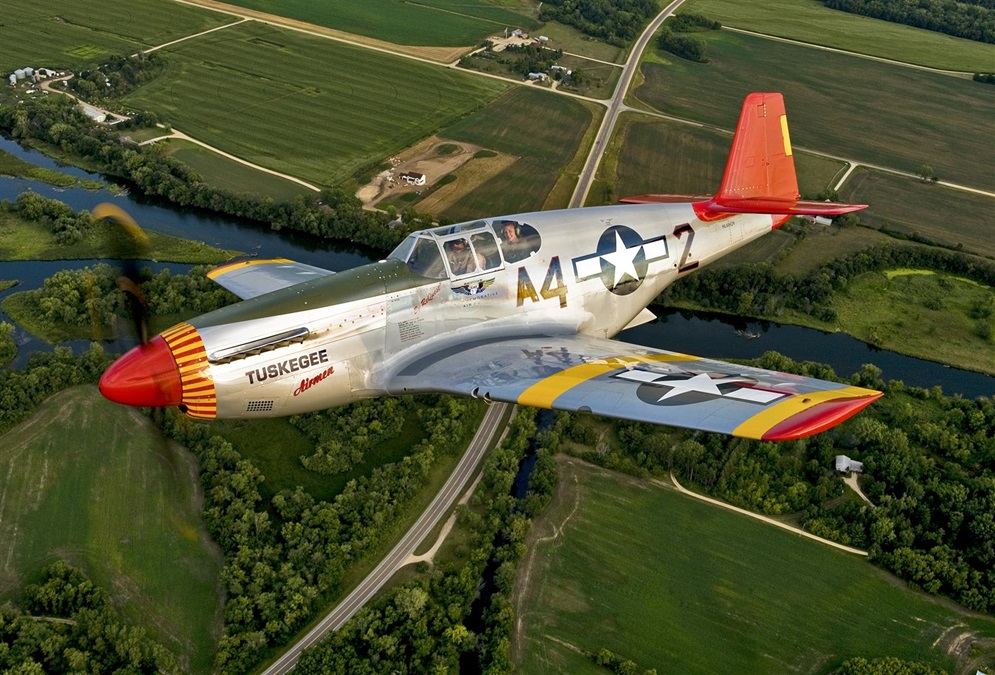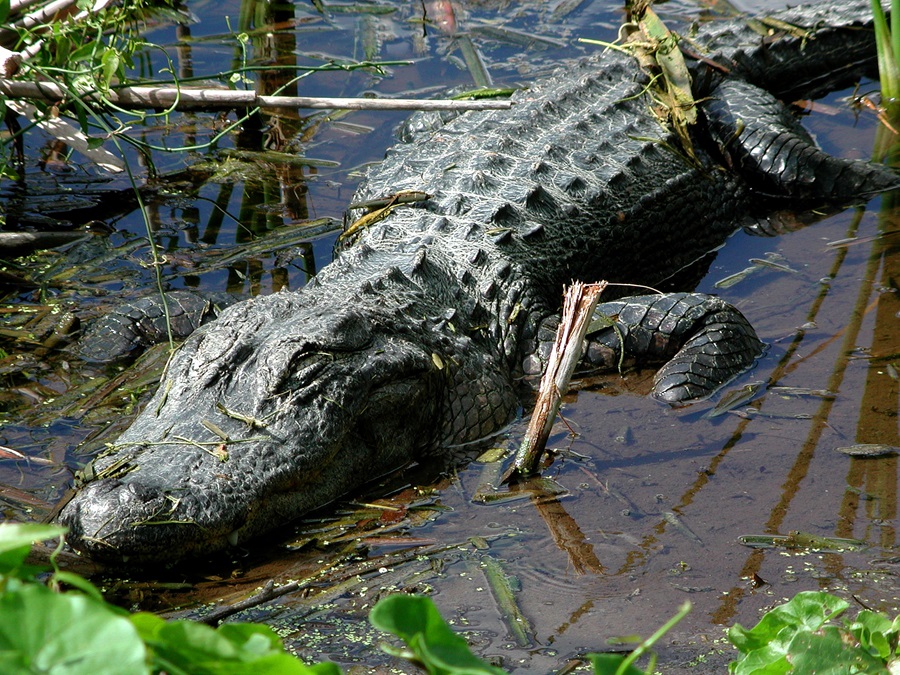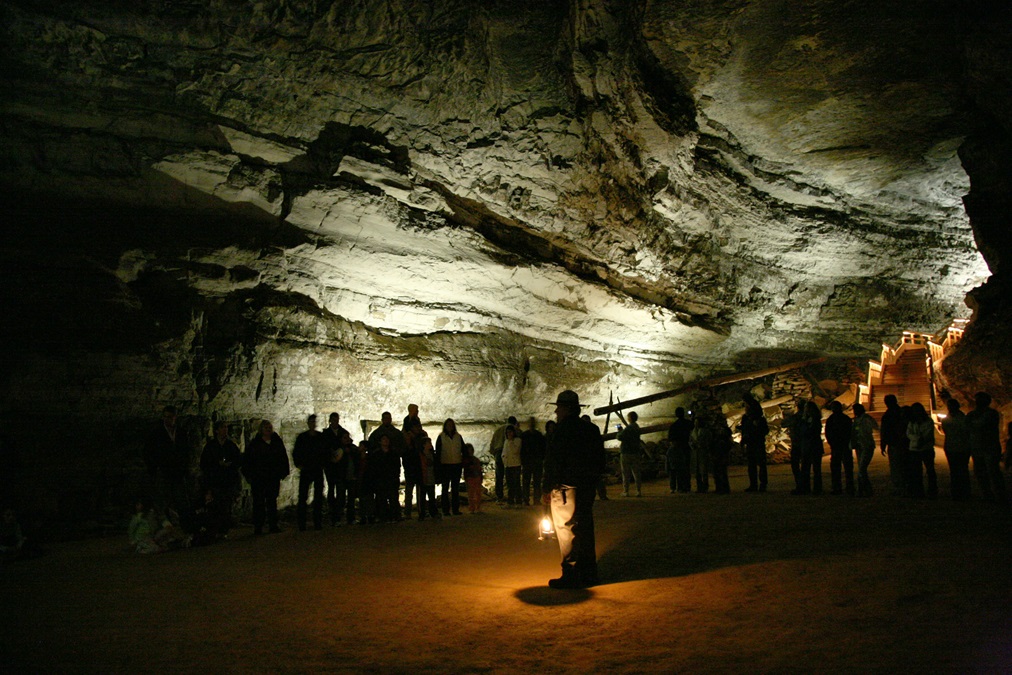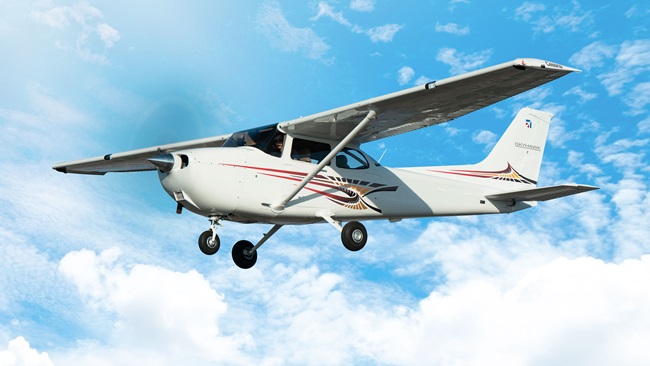Fly to the National Parks: Southern route
From tropical reefs and mangrove-lined waterways to giant trees, giant caves, and heroes of World War II—National Park Units in the South celebrate diversity in multiple ways.
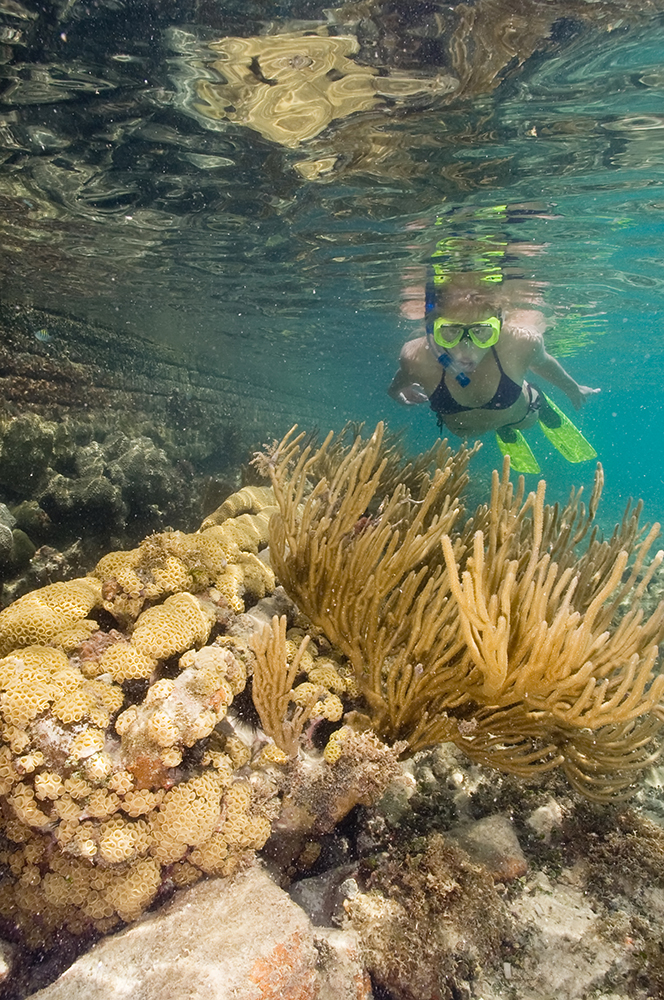
Everglades National Park, Florida: The park has three entrances scattered across south Florida, but Everglades Airpark is less than a mile north of the Gulf-side park entrance. The tiny town is walkable; many boat tours will pick you up; and cottages are nearby. Be aware that the runway is only 2,400-by-50 feet, has water at both ends, and often has a crosswind. At the National Park Service Visitor Center, you can rent canoes or kayaks, get camping permits, or take a 90-minute ranger-led boat tour of the 10,000 Islands Preserve. Take an airboat tour and look for alligators and manatees, or charter a fishing boat and fish for snook and tarpon. You also can rent boats or canoes, or get a tour from the folks at the cottages across from the airport. The Everglades is a birder’s paradise.
Tuskegee Airmen National Historic Site, Alabama: Moton Field is your destination to pay tribute to the legendary Tuskegee Airmen who trained here during World War II. The Hangar No. 1 and Hangar No. 2 museums are currently open Monday through Saturday, 9 a.m. to 4:30 p.m. Central Time. Each June the Legacy Flight Academy, a nonprofit that conducts youth aviation programs drawing upon the legacy of the Tuskegee Airmen, hosts a special open house at Moton Field. The event is generally attended by the CAF Redtail Squadron, based in Minnesota, whose P-51 is painted with the red tail of the Tuskegee Airmen.
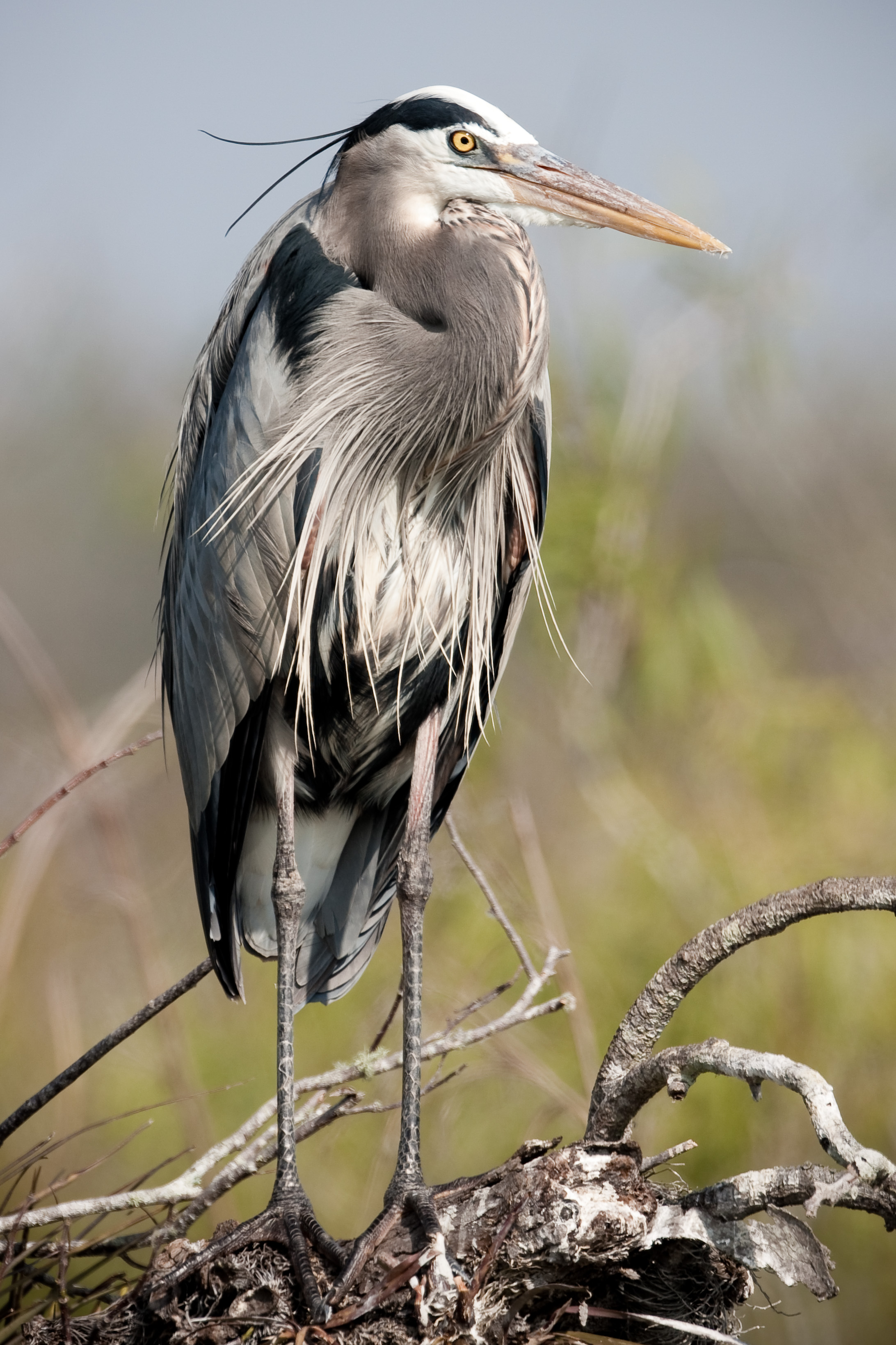
Congaree National Park, South Carolina: Fly to Columbia Metropolitan Airport to access this underutilized national park, which preserves the largest tract of old-growth bottomland hardwood forest left in the United States. Congaree was designated a national park in 2003 after years of grassroots conservation efforts that began in 1969. Its lush trees are some of the tallest in the Eastern United States and form one of the world’s highest remaining deciduous forest canopies. Rent a canoe in Columbia and bring it to the park: The 15-mile Cedar Creek Canoe Trail winds through some of the biggest trees. Other canoe trails are even longer, and you can camp in the park. Come between mid-May and mid-June to see the incredible synchronized fireflies, a rare sight, when thousands of fireflies flash on and off at once, all in the same pattern. Call the park for exact dates.
Mammoth Cave National Park, Kentucky: Arrange for a rental car and then fly to Glasgow, 17 miles from Mammoth Cave. Tour the largest cave system in the world, with over 400 miles explored so far (tours change seasonally; check the National Park Service website). Aboveground, you can rent a canoe or kayak and paddle gently down the Green or Nolan rivers. Dramatic, tree-covered bluffs rise steeply above the rivers. Hikers have access to six trailheads that lead to over 65 miles of hiking trails. Choose lodging and dining inside or outside the park or camp and let the birds sing you to sleep.

